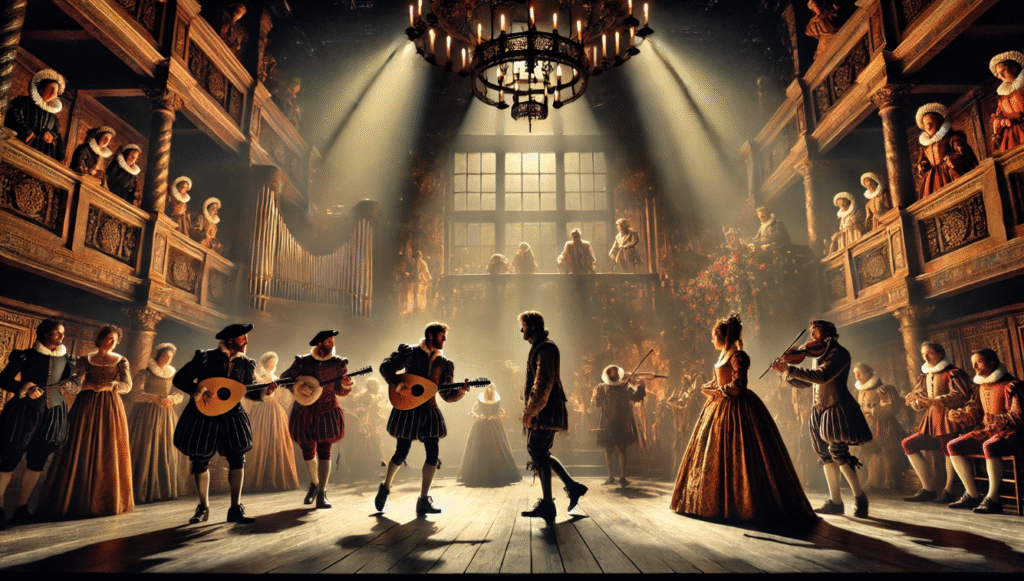
Understanding the Role of Music and Sound in Shakespearean Theatre: Enhancing Storytelling and Emotional Impact
Imagine sitting in a dark theatre, the stage lit by a single spotlight, when suddenly, a haunting melody plays, or a deep drumbeat echoes through the room. Instantly, the mood shifts, and your emotions are pulled into the story. 🎭 This is the magic of the role of music and sound in Shakespearean theatre—a powerful tool used by the Bard to elevate his plays and immerse audiences in the world he created.
While Shakespeare’s words are undeniably central to his work, the soundscape—comprising music, sound effects, and even silence—deepens the emotional experience and drives the narrative forward. But how exactly did Shakespeare use sound to captivate his audiences, and how does it continue to impact modern productions? In this article, we’ll explore how music and sound shape storytelling, influence mood, and enhance the emotional depth of Shakespeare’s timeless plays. Whether you’re a theatre enthusiast or a newcomer to the world of Shakespeare, this deep dive will help you understand the significant role sound plays in shaping a truly unforgettable theatrical experience. 👂🎶
Table of Contents
Toggle1. The Historical Context of Music in Shakespearean Theatre
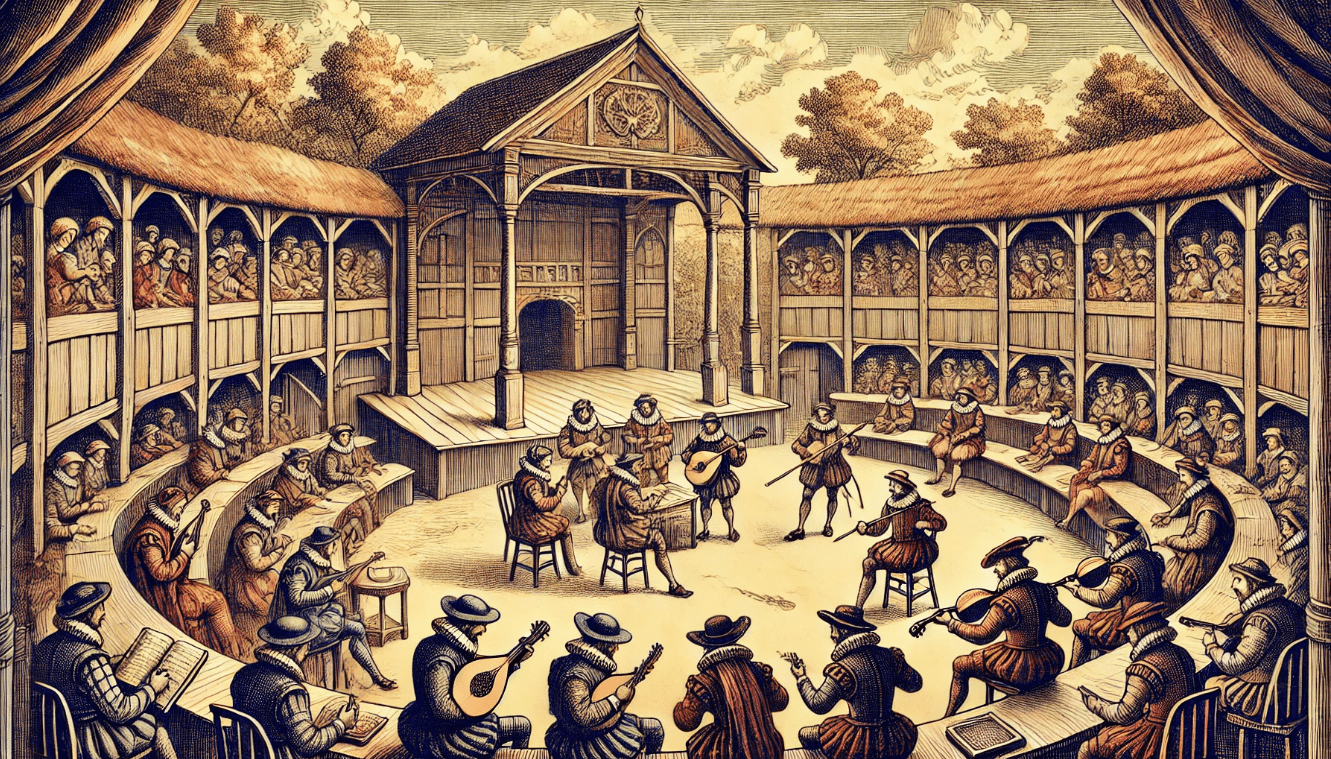
In the world of Shakespearean theatre, music and sound were more than just background noise—they were integral parts of the storytelling process. 🎶 During Shakespeare’s time, theatres like the Globe were designed to create an immersive experience for the audience. However, they lacked the modern technology we rely on today, such as microphones, sound effects, and digital amplification. So, how did Shakespeare make his plays come alive? Through the clever use of live music and sound effects that amplified the emotional impact of his works.
Music as a Tool for Emotional Depth
In Elizabethan times, live music was used extensively in the theatre. 🎻 Musicians were positioned onstage or in the galleries, and their performances helped convey the emotional tone of a scene. Whether it was a lively tune to celebrate a wedding in Twelfth Night or a somber dirge to accompany a tragic death in Hamlet, music helped set the mood, making the audience feel more connected to the story.
The Soundscape of the Globe Theatre
Without microphones or complex sound systems, Shakespeare’s theatre relied on live sound to create atmosphere. A scene set in a storm, like in The Tempest, would be accompanied by the sound of thunder, crashing waves, and wind. 🌬️ This allowed the audience to feel as if they were right there on the storm-tossed island. Similarly, sound effects like bells or footsteps could be used to heighten tension or emphasize key plot moments.
The Influence of Music in Character Development
Music also played a vital role in developing characters and their journeys. For example, Ariel, the magical spirit in The Tempest, is often associated with light, airy music that reflects her ethereal nature. This musical cue helps the audience understand her character before she even speaks a word. 🎶
The Absence of Modern Technology
Unlike today’s productions that rely on advanced technology, Shakespeare’s theatre was built on a more organic sound system. With limited resources, the playwright relied on simple instruments like lutes, viols, and recorders, alongside human voices, to create music and sound effects. This method may seem basic by modern standards, but it was highly effective in drawing the audience into the play’s world.
The Legacy of Sound in Shakespearean Theatre
Today, modern productions of Shakespeare continue to build upon these traditional techniques. Whether it’s through live orchestras, sound designers, or technology, the essence of using sound to enhance storytelling has remained unchanged. Music and sound continue to play a crucial role in drawing audiences into the world of the play, creating emotional highs and lows that elevate the entire theatrical experience.
2. The Types of Sound Used in Shakespearean Plays
In Shakespearean theatre, sound was not just an afterthought—it was a key element that enhanced the audience’s emotional connection to the story. Music, sound effects, and even silence played specific roles in creating atmosphere and advancing the plot. Let’s explore the main types of sound that were used in Shakespeare’s plays, and how each one served a unique purpose in shaping the overall theatrical experience. 🎭
1. Music and Songs 🎶
Music in Shakespeare’s plays was often used to reflect the mood of a scene or to develop characters. Songs were not only a form of entertainment but also carried deeper meanings, often tied to themes or emotions.
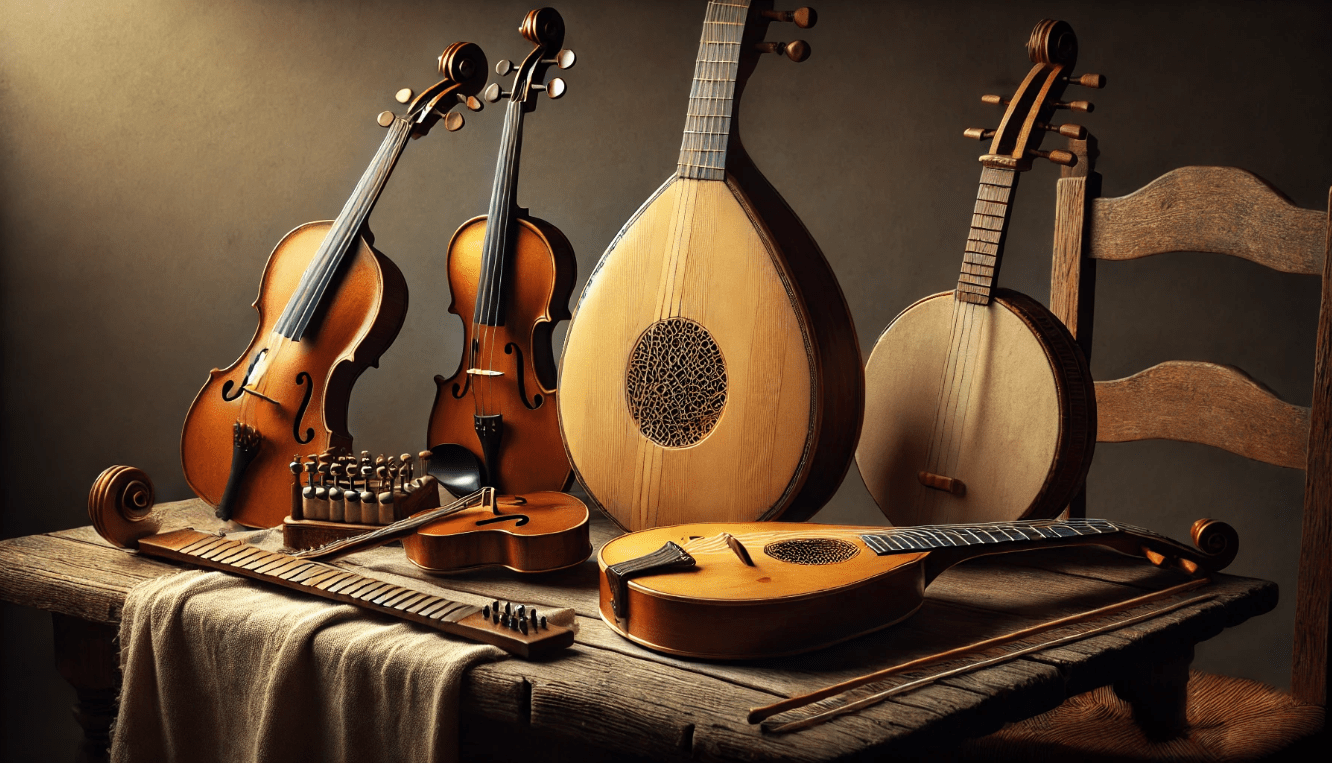
- Festive and Joyous Music: In plays like Twelfth Night and As You Like It, music brought a sense of celebration and light-heartedness. Lively tunes were used during banquets, dances, or moments of happiness, creating a contrast with darker themes in the play.
- Melancholy and Reflective Music: On the other hand, songs could also be somber and reflective, like the lullaby in King Lear, highlighting the grief and sadness of characters.
- Symbolism through Music: In The Tempest, music played a symbolic role in portraying magic and otherworldliness, especially in the scenes involving the spirit Ariel. The haunting, ethereal music helped set the tone for these supernatural elements.
2. Sound Effects 🌩️
Sound effects were essential in Shakespearean theatre, helping to create a vivid and immersive experience. They were used to convey actions and emotions that words alone couldn’t fully express.
- Natural Sounds: Thunder, rain, wind, and the sounds of battle were commonly used to create tension and bring the world of the play to life. For example, in Macbeth, the sound of a bell tolling is closely associated with the announcement of death, reinforcing the tragic events of the play.
- Supernatural Sounds: Sounds like ghostly whispers, howling winds, and ominous knocks were used in plays like Macbeth and Hamlet to signify the presence of the supernatural or to foreshadow events to come. These sounds heightened the eerie atmosphere and deepened the sense of suspense.
3. Silence and Pauses 🤫
Sometimes, silence spoke louder than any sound could. In Shakespeare’s plays, moments of silence and well-timed pauses added dramatic weight to certain scenes.
- Dramatic Pauses: Characters often paused before delivering important lines or making significant decisions. These pauses allowed the audience to absorb the gravity of the moment and build anticipation for what would come next.
- The Power of Silence: In Hamlet, the quiet introspection of Hamlet’s soliloquy, “To be or not to be,” is powerful in its silence, allowing the audience to reflect on the character’s inner turmoil and moral dilemma. Silence adds a layer of emotional depth that words alone can’t convey.
4. Vocal Performance and Dialogue 🎤
Though not strictly “sound effects,” the way Shakespeare’s actors used their voices contributed greatly to the overall auditory experience.
- Vocal Range and Intensity: The delivery of lines, whether loud and forceful or soft and delicate, brought out the emotional nuance in the characters. Shakespeare’s actors were masters of vocal expression, and this vocal performance was critical in bringing the plays to life.
- Rhythm and Pacing: The rhythm of the dialogue, including iambic pentameter (the pattern of stressed and unstressed syllables), also added a musical quality to the speech. The way actors modulated their pacing and pauses created a natural flow that mimicked the rhythms of speech, making it more engaging for the audience.
3. How Music and Sound Enhance Storytelling in Shakespeare’s Plays
Music and sound aren’t just embellishments in Shakespeare’s plays—they’re essential storytelling tools that help convey emotions, build tension, and deepen the connection between the audience and the characters. 🎶 Let’s explore how these elements work together to elevate Shakespeare’s narratives.
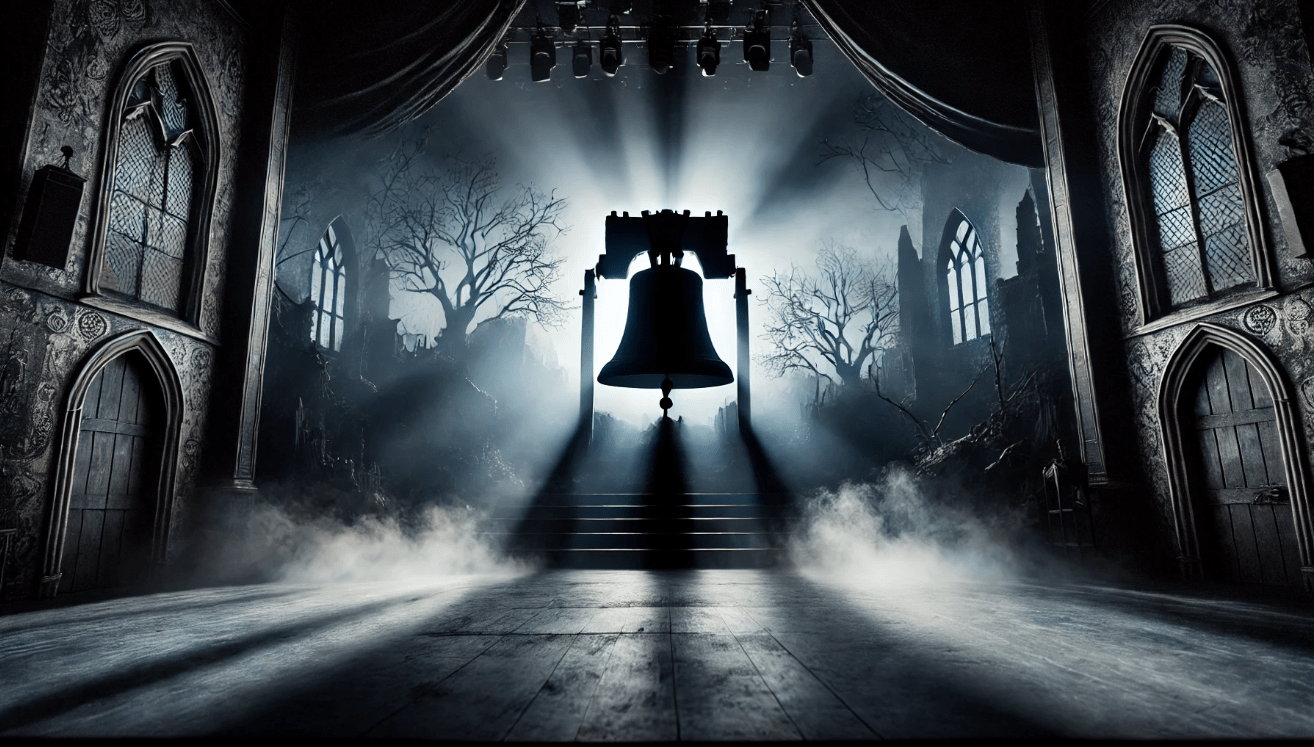
1. Creating Atmosphere and Setting the Mood 🌤️
One of the primary ways music and sound enhance storytelling is by setting the mood and atmosphere of a scene. Whether it’s the soft melodies of a love song or the eerie howls of wind during a storm, music and sound immerse the audience in the world of the play.
- Lighthearted vs. Dark Themes: In plays like A Midsummer Night’s Dream, lively music and light sounds emphasize the playful, magical elements of the story. In contrast, in tragedies like Macbeth, ominous music and sound effects such as thunder and bells create a sense of doom and foreboding. 🎭
- Creating a Sense of Place: Through sound, Shakespeare conveyed settings without the need for detailed descriptions. For example, the sound of crashing waves in The Tempest immediately transports the audience to a storm-tossed island, helping them visualize the setting without ever needing to see it.
2. Developing Characters Through Sound 🎤
In Shakespeare’s plays, music and sound can also act as extensions of a character’s emotions, personality, and journey. They provide insight into who a character is and what they’re going through, often before a word is spoken.
- Musical Motifs for Characters: For instance, the character of Ariel in The Tempest is associated with light, ethereal music, which mirrors her otherworldly, magical nature. When Ariel enters, the music cues the audience to expect something mystical. ✨
- Sound as a Reflection of Inner Conflict: In Hamlet, the contrast between the silence and the loud, chaotic noises in Hamlet’s mind reflects his inner turmoil. The combination of silence and sharp sounds during his soliloquies heightens the emotional weight of his philosophical struggle.
3. Building Tension and Foreshadowing ⚡
Shakespeare often used music and sound to build tension and foreshadow key events in the play. These sounds signal to the audience that something significant is about to happen, creating anticipation and emotional investment.
- Sounds of Doom: In Macbeth, the sound of a bell tolling often accompanies the announcement of death or impending disaster. This repetition of sound cues the audience into the dark fate awaiting the characters. 🕯️
- Suspense and Surprise: By manipulating the volume, rhythm, or abruptness of sound, Shakespeare could create a dramatic pause that added suspense. The sudden appearance of a ghost or a shift in a character’s emotions was often highlighted by a change in the soundscape, keeping the audience on the edge of their seats.
4. Enhancing Key Plot Moments 🎭
Music and sound also serve to emphasize pivotal moments in the narrative, adding emotional weight and giving the audience an auditory cue about the significance of what’s happening on stage.
- Elevating Climactic Scenes: In Romeo and Juliet, music swells at moments of heightened emotion, such as the lovers’ secret marriage or their tragic deaths. These moments become even more impactful when paired with music that matches the emotional intensity.
- Cues for Emotional Shifts: In King Lear, the transition from chaos to tragedy is marked by music that slowly fades into silence, echoing the character’s loss of control and stability. This shift helps the audience feel the gravity of the scene before the tragic climax unfolds.
4. Psychological and Emotional Impact of Music and Sound in Shakespearean Theatre
In Shakespeare’s plays, music and sound go beyond creating atmosphere—they play a key role in shaping the audience’s psychological and emotional experience. By carefully manipulating sound, Shakespeare was able to influence how his audience felt and how they engaged with the characters’ emotional journeys. Let’s dive into the psychological impact these elements had on audiences, and how they continue to enhance the emotional depth of his works. 🎶
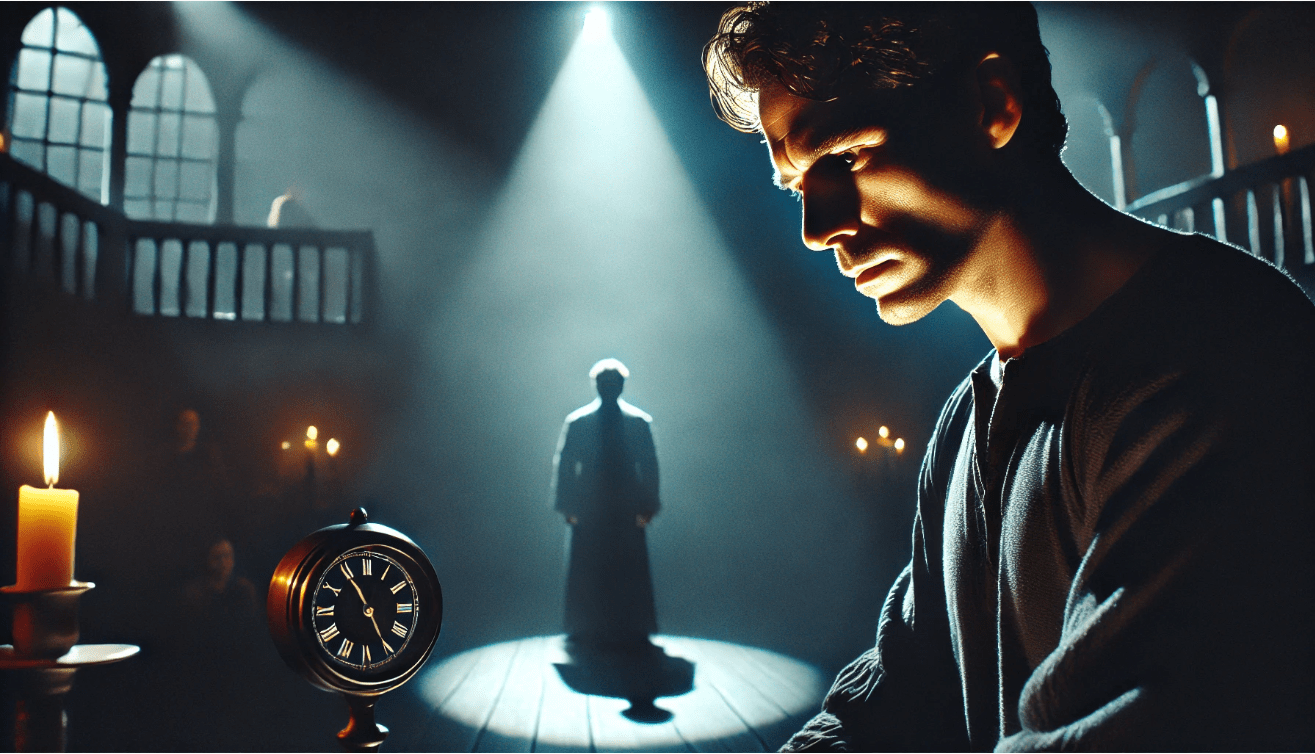
1. Evoking Specific Emotions ❤️
One of the most powerful ways that music and sound impact storytelling is by evoking emotions. Shakespeare used sound as a tool to guide the emotional state of the audience, helping them feel exactly what the characters are experiencing.
- Fear and Suspense: In plays like Macbeth, the sound of a bell tolling or eerie music creates a sense of dread, signaling impending death or tragedy. These sounds heighten the emotional tension, making the audience feel the weight of the characters’ actions and decisions. 💀
- Joy and Celebration: In contrast, cheerful music in plays like A Midsummer Night’s Dream evokes feelings of joy and lightheartedness, helping the audience relax and connect with the playful elements of the story. This balance of light and dark music keeps the audience emotionally engaged throughout the performance.
2. Deepening Character Connections 💔
Music and sound also serve as a bridge between the audience and the characters. The use of specific musical motifs or sound effects helps the audience gain deeper insight into a character’s state of mind, making them feel more emotionally connected.
- Internal Conflict: In Hamlet, the subtle shifts in sound during Hamlet’s soliloquies reflect his internal battle. The quiet moments punctuated by sounds of rumbling or ticking clocks mirror his psychological struggle, drawing the audience deeper into his turmoil. ⏳
- Character Development: The music associated with Ariel in The Tempest—light, airy, and magical—reflects her transformation from a spirit of the air to a more grounded character as she seeks freedom. This auditory transformation mirrors Ariel’s growth and helps the audience emotionally invest in her journey.
3. Heightening Tension and Foreboding ⚡
Music and sound have the ability to create a sense of foreboding or unease, which builds psychological tension throughout the play. These moments keep the audience on edge, anticipating what will happen next.
- Foreshadowing Tragedy: In Romeo and Juliet, the recurring use of certain motifs, like the soft music before the tragic deaths, hints at the inevitable tragedy. These subtle musical cues build suspense, making the emotional payoff of the final scenes more intense. 🎻
- Psychological Build-Up: In King Lear, the gradual shift from chaotic battle sounds to eerie silence as Lear descends into madness amplifies the psychological breakdown of the character. The absence of sound in moments of emotional crisis heightens the weight of the silence, leaving the audience with a sense of unease.
4. Creating an Immersive Emotional Experience 🌌
Perhaps one of the most significant effects of music and sound in Shakespearean theatre is its ability to immerse the audience in the emotional world of the play. When done effectively, sound draws the audience in, making them feel like they are part of the narrative rather than just observers.
- Emotional Engagement: Music can elicit a response before the audience even consciously processes what’s happening on stage. For example, a slow, melancholy tune in the background as a character contemplates a loss triggers feelings of sadness in the audience, even before they fully understand the character’s situation.
- Cognitive Dissonance: The juxtaposition of different sounds—such as joyous music in the middle of a tragic scene—can create cognitive dissonance, where the audience feels conflicted emotionally. This emotional push and pull enhances the complexity of the narrative, making the experience more engaging.
5. Practical Insights: How Modern Productions Use Music and Sound to Enhance Shakespearean Theatre
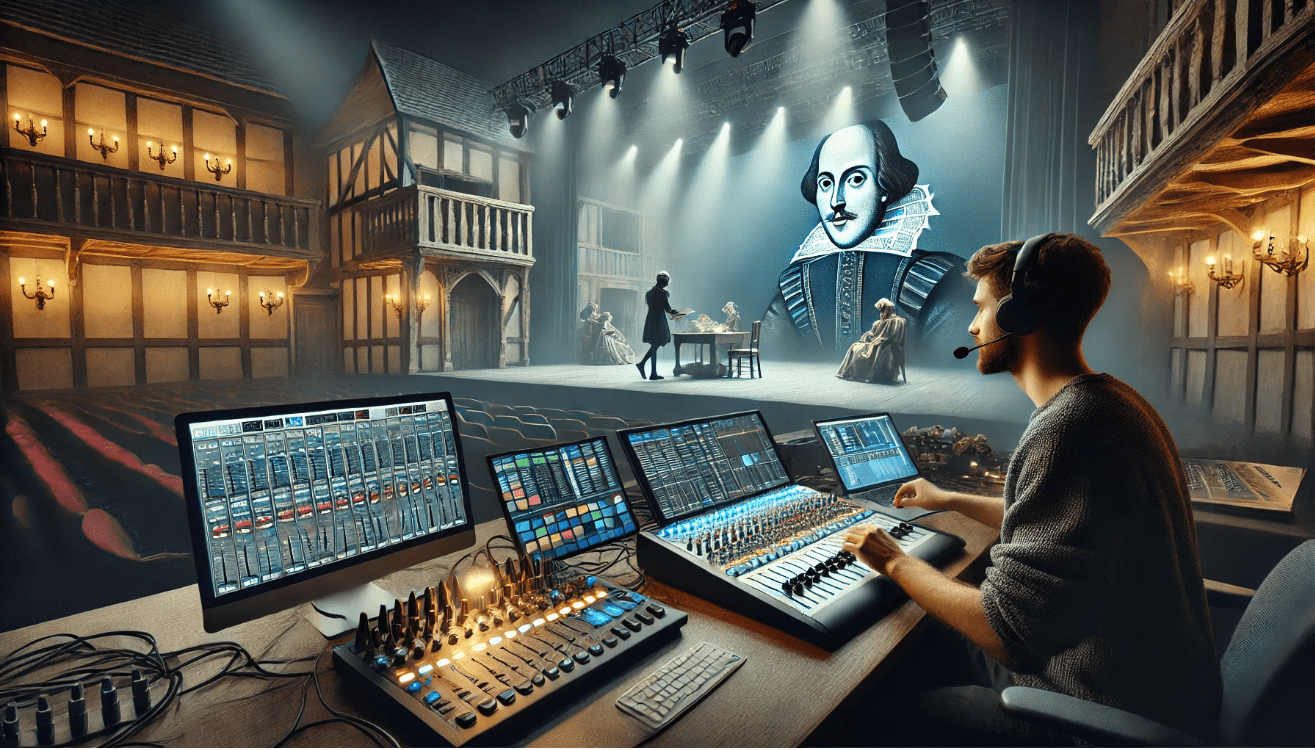
Shakespeare’s plays have stood the test of time, but how do modern productions stay true to the original while incorporating today’s technological advancements? The key lies in how music and sound are used to amplify the emotional and narrative impact of his works. Let’s explore how contemporary productions use sound to enhance Shakespearean theatre, providing actionable insights that can be applied by directors, actors, and enthusiasts alike. 🎤🎶
1. Incorporating Live Music and Sound Design 🎵
Many modern Shakespeare productions blend live music with sound design, creating an immersive auditory experience. While the Globe Theatre used live musicians, today’s productions might employ a combination of live bands, recorded soundscapes, and sound effects to create a rich, layered experience.
- Live Musicians: Integrating live instruments during key scenes—such as a lute or a violin for moments of romance in Twelfth Night—adds authenticity and emotional resonance. Live music captures the immediacy and raw emotion that recorded tracks sometimes can’t.
- Sound Designers: Sound designers today use technology to create highly dynamic, layered soundscapes. In Macbeth, for example, the use of subtle, atmospheric sound effects like faint knocking or whispering can enhance the sense of paranoia and guilt. These modern designs allow for more precise control over sound, heightening tension and emotional depth.
2. Using Music to Establish Character and Theme 🎭
Modern productions often use music strategically to establish characters, themes, and moods—just as Shakespeare did. By carefully choosing music and sound effects that resonate with the play’s themes, productions can make these elements more accessible to today’s audiences.
- Character Motifs: In contemporary adaptations of The Tempest, Ariel’s music might incorporate electronic sounds or otherworldly tones to reflect her magical and ethereal nature, just as Shakespeare’s original score used soft, airy instruments to mirror her character.
- Modern Soundtracks: Some productions use modern genres of music, such as ambient or industrial sounds, to draw parallels between the themes of the play and modern-day issues. For example, using an electronic soundtrack for a production of Hamlet can evoke a sense of internal chaos and psychological conflict.
3. Leveraging Technology for Enhanced Sound Effects 📱
Advancements in technology have revolutionized how sound is used in theatre. Today’s productions can use sound effects that were impossible in Shakespeare’s time, making the plays more engaging for modern audiences.
- Surround Sound Systems: Using advanced sound systems, productions can create an immersive environment where sounds are heard from all directions. This is particularly effective in creating tension—imagine the sound of a storm swirling around the theatre as the audience feels like they are part of The Tempest’s turbulent world.
- Digital Sound Effects: From the roar of battle in Henry V to the ominous toll of a bell in Macbeth, sound effects can be generated and manipulated digitally. This allows for more precise control over volume, timing, and intensity, providing greater flexibility for directors and sound designers.
4. Sound to Enhance Emotional Impact ❤️
One of the most important aspects of sound in modern Shakespearean theatre is its ability to enhance the emotional experience for the audience. By pairing sound with specific emotional moments, productions can draw out deeper feelings and create more memorable experiences.
- Timing is Everything: The key to using sound effectively is timing. Whether it’s a sudden, jarring sound to create surprise, or a gradual build-up of music to signal emotional growth, the timing of sound is crucial for creating an emotional payoff. Think of how the music swells during the tragic death of Romeo and Juliet—this helps solidify the emotional weight of the moment.
- Silence as a Tool: Silence still plays a vital role in modern productions. The absence of sound can build anticipation and make the eventual sound or music more impactful. In moments of high emotional stakes, a well-timed silence allows the audience to process what’s happening on stage before the action continues.
5. Adapting to Modern Audiences and Expectations 🌍
Shakespeare’s plays were designed to be heard by large, open-air audiences, and their sound design took that into account. Today’s theatres are often more intimate, with audiences closer to the stage, which allows for more intricate sound choices.
- Intimate Sound Design: In smaller venues, the use of subtle sounds—like the faint rustling of paper or a soft, whispered voice—can create a personal connection between the character and the audience, making the experience feel more intimate.
- Interactive Soundscapes: Some modern productions take it a step further by incorporating interactive soundscapes where the audience’s reactions or movements can trigger sound effects, making them part of the performance. This cutting-edge technique enhances immersion and makes the experience feel unique each time it’s performed.
The role of music and sound in Shakespearean theatre is far more than just an artistic embellishment—it’s an essential storytelling tool that shapes the emotional and psychological impact of his plays. From the ethereal melodies that define characters like Ariel in The Tempest to the eerie sound effects that build suspense in Macbeth, music and sound create immersive experiences that draw the audience deeper into the world of the play. 🎭🎶
In both Shakespeare’s time and modern productions, these auditory elements serve to enhance mood, reflect character development, build tension, and elevate key moments in the narrative. Whether through live music, cutting-edge sound design, or strategic silences, the power of sound continues to play a pivotal role in bringing Shakespeare’s works to life in a way that resonates with audiences of all generations.
As we continue to appreciate and adapt Shakespeare’s plays, it’s clear that music and sound will always remain central to their magic. For directors, actors, and theatre enthusiasts, understanding how to harness the power of sound is crucial in creating productions that not only stay true to the original works but also captivate and emotionally engage today’s audiences. 🎶✨
Frequently Asked Questions (FAQs)
1. Why is music important in Shakespearean theatre?
Music in Shakespearean theatre is crucial for setting the mood and enhancing the emotional depth of the play. It helps convey the tone, emphasizes key moments, and creates a stronger connection between the audience and the characters, making the story more engaging.
2. How did Shakespeare use sound to impact his audience?
Shakespeare used sound, such as music and sound effects, to create atmosphere, build tension, and reflect characters’ emotions. For instance, the sound of a bell in Macbeth signifies death, while lively music in Twelfth Night adds a sense of celebration.
3. What types of sounds were used in Shakespeare's plays?
Shakespeare’s plays featured live music, sound effects like thunder or footsteps, and even silence. These elements helped create a vivid setting, highlight emotional shifts, and immerse the audience in the world of the play
4. How does sound enhance storytelling in modern productions of Shakespeare?
Modern productions use technology and sound design to amplify the emotional and psychological effects of Shakespeare’s plays. Through live music, digital sound effects, and precise timing, sound helps convey deeper meanings and enhances the audience’s emotional experience.
5. Can silence be a powerful tool in Shakespearean theatre?
Yes, silence is a powerful tool in Shakespearean theatre. Moments of silence build tension, emphasize key lines, and allow the audience to reflect on significant emotional moments. It heightens the impact when sound is introduced after a pause.
6. How does music reflect character development in Shakespeare’s plays?
Music is often linked to specific characters, reinforcing their traits or emotional journeys. For example, Ariel in The Tempest is associated with light, magical music, while dark, ominous sounds reflect the descent of Macbeth into madness.
7. What role does sound play in modern adaptations of Shakespeare’s works?
In modern adaptations, sound design is used to create more immersive and dynamic experiences. Modern technologies, like surround sound and digital effects, enhance traditional music and sound effects, making the plays more engaging for today’s audiences.
8. How can directors use sound to improve a Shakespearean production?
Directors can use sound strategically to emphasize key themes, enhance character development, and create emotional tension. Choosing the right music and sound effects for specific scenes helps convey the intended message and deeply connects with the audience.
